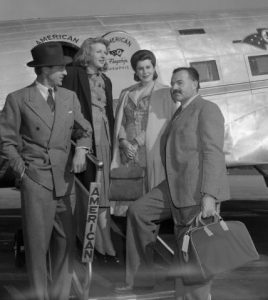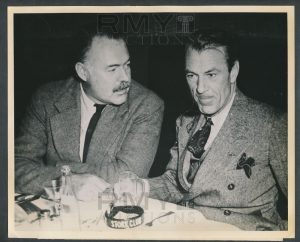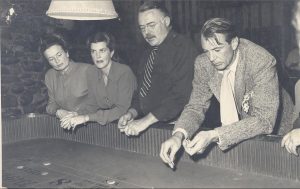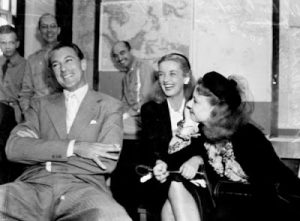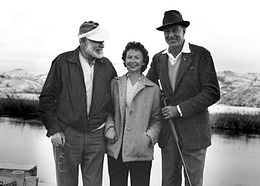Library Corner: ‘A Farewell to Arms’ another banned classic
Special for the Grand County Library District

Grand County LIbrary District/Courtesy image
Ernest Hemingway’s novel about World War I, “A Farewell to Arms,” has been named one of the 100 best books of the 20th century. Scholars called it a masterpiece. But…
There’s another side to the story. “A Farewell to Arms” was banned multiple times since it was published in 1929 for sexual content, and for its honest treatment of war. It was banned in Boston, Ireland, Hitler’s Germany and Mussolini’s Italy.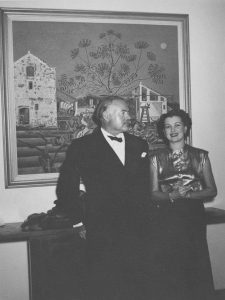
In the United States, parents sometimes demanded it be removed from school libraries. (Which would prompt students to read “A Farewell to Arms” faster than you can say sexual content.)
I fell in love with this book over 50 years ago when a high school English teacher assigned it. Hemingway presents an exquisite study of young women and men struggling to survive the violence of war. His love story is charged with elements that exceeded my experience at 16, which made it an even more powerful read the second and third time around. (If there are prostitutes in the book, and there are indeed, that’s because prostitutes work their trade in every war. It is a sad historical fact.) 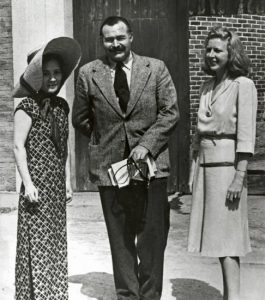
The narrator, Lieutenant Frederick Henry, is a Red Cross ambulance driver for the Italian army’s campaign against Austria and Germany. After he’s seriously wounded, Frederick falls in love with Catherine Barkley, an English nurse working in an Italian hospital.
The plot builds tension in two directions. First, Frederick returns to the front after surgery and his ambulance crew transports increasing numbers of casualties, badly wounded soldiers. Second, Catherine becomes pregnant with his child, and her health soon deteriorates.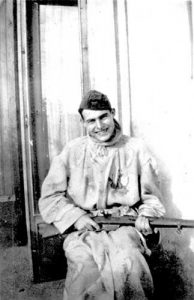
Hemingway sends his characters into the depths of melancholy where the reader ponders the story’s great irony. Both love and war carry risks that may be fatal. Over time, Frederick changes from a naive do-gooder to a stone-cold killer. He ends up shooting an Italian soldier for abandoning his comrades. War brings out the very best and the absolute worst in people.
The narrator explains, “I was always embarrassed by the words sacred, glorious and sacrifice and the expression in vain… and I had seen nothing sacred and the things that were glorious had no glory…”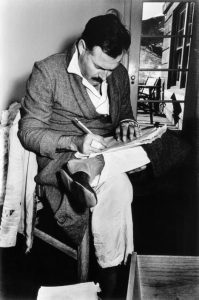
Admittedly, this book isn’t for everyone. Its depiction of World War I combat rings as true today as scenes from Afghanistan. But it shouldn’t have ever been banned. Just as some people prefer a cup of tea to coffee, they don’t have the right to shut down Starbucks. No one individual or mob should have the right to ban a book that millions of readers might learn from.


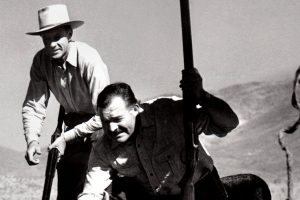
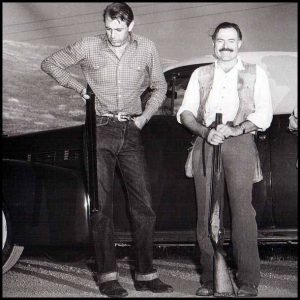 Hem with the “Long-legged son of a bitch.”
Hem with the “Long-legged son of a bitch.”